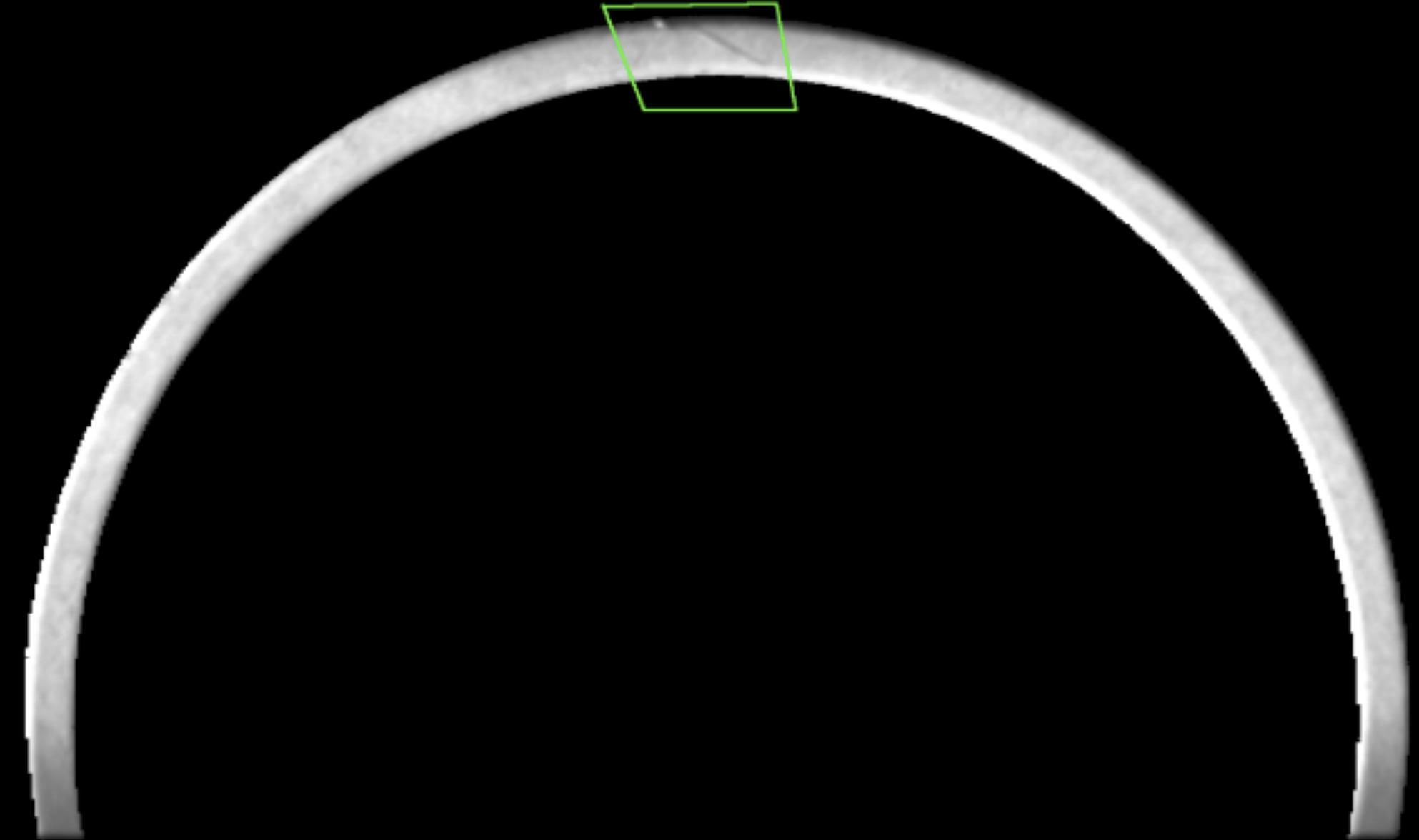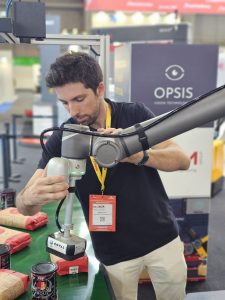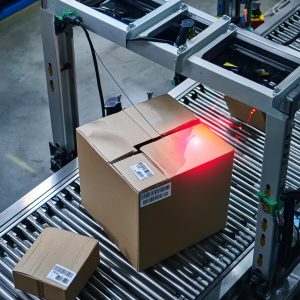In the relentless pursuit of continuous improvement and operational efficiency, the packaging industry has turned to technology to enhance its processes. One of the most significant advances in this area is machine vision.
This technology, which mimics the human ability to see and interpret the world, has revolutionised the way packaging companies address the challenges of quality control, efficiency and innovation. In this article, we explore how machine vision is transforming the packaging industry, from defect detection to supply chain optimisation.
DETECCIÓN DE DEFECTOS CON PRECISIÓN MILIMÉTRICA
One of the main advantages of machine vision in the *packaging industry is its ability to detect defects with amazing accuracy and speed. Prior to its introduction, defect detection was done manually, which was prone to human error and consumed a significant amount of time and resources. Now, machine vision systems can comprehensively scan packaging and labels in fractions of a second, identifying even the smallest imperfections. These features make the technology an option with advantages that cannot be compared to human quality control models.
This capability is critical in industries such as food and beverage, where product safety is a priority. Poorly packaged or misprinted labels can compromise product quality and, in some cases, endanger the health of consumers. With machine vision, manufacturers can ensure that each unit meets the strictest quality standards, minimising the risk of costly rejects and damage to brand reputation.



OPTIMISATION OF PRODUCTION AND WASTE REDUCTION
Beyond defect detection, machine vision is also playing a crucial role in optimising production and reducing waste. By analysing images in real time, vision systems can identify patterns and trends in manufacturing processes, allowing operators to proactively adjust parameters to maximise efficiency and minimise waste.
This capability is particularly important in a manufacturing environment where every second counts. With machine vision, manufacturers can identify and correct potential problems before they become major production line disruptions. This not only reduces the costs associated with downtime, but also contributes to more sustainable production by reducing the amount of defective products that have to be discarded.
PERSONALISATION AND CONTINUOUS INNOVATION
In addition to improving efficiency and quality, machine vision is also enabling personalisation and continuous innovation in the *packaging industry. With *deep *learning integrated into vision systems, companies can collect detailed data on consumer preferences and use it to tailor their products and deliver experiences that are more tailored to each production model.
Using barcodes, *QR codes, *RFID tags or other identification marks, machine vision can accurately detect and read each individual package. This provides a unique way to follow the path of each package from its manufacture to its final point of sale, keeping track of its traceability. The ability to capture this data through machine vision eliminates the need to rely on manual or semi-automated methods, which can be prone to error.
FUTURE CHALLENGES AND OPPORTUNITIES
Despite its obvious benefits, the implementation of machine vision in the *packaging industry is not without its challenges. One of the main obstacles is the need for a robust technical infrastructure and qualified personnel to manage and interpret the data generated by the vision systems.
Each production process has its own peculiarities and adapting machine vision to most companies is a highly customised process. This fact makes the *knowhow and technical level indispensable to reach the development of a robust and effective system in the long term. Vision devices need regular support to keep the systems highly calibrated and in the right working condition. Still, they are always a better option than classical quality control methods.
Despite these challenges, the future of machine vision in the *packaging industry is promising. As the technology continues to evolve and become more accessible. Therefore, we expect to see wider adoption and accelerated innovation in this area.
With a combination of machine vision, data analytics and collaboration between manufacturers, we are heading towards a future where *packaging is not only functional and aesthetically pleasing, but also intelligent, adaptive and synonymous with safety.
FAQ'S
Machine vision is a technology that mimics the human ability to see and interpret the world. It is used to detect defects, optimise production and personalise processes in the packaging industry.
Machine vision can detect defects with pinpoint accuracy and at high speed, reducing human error and improving the quality of the final product.
By analysing images in real time, vision systems can identify and correct potential problems before they cause disruptions, thus minimising wastage of materials and defective products.
Machine vision systems, with machine learning algorithms, can collect data on consumer preferences and tailor products to offer more personalised experiences.
Los desafíos incluyen la necesidad de una infraestructura técnica robusta, personal calificado para gestionar los datos y mantenimiento regular de los sistemas para garantizar la eficacia. Aun así, los beneficios superan los obstáculos.


